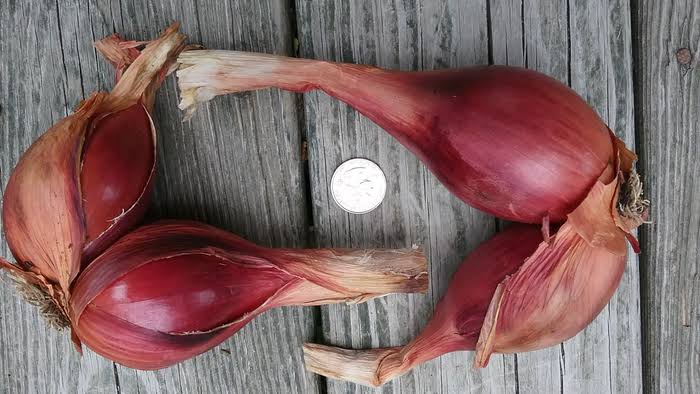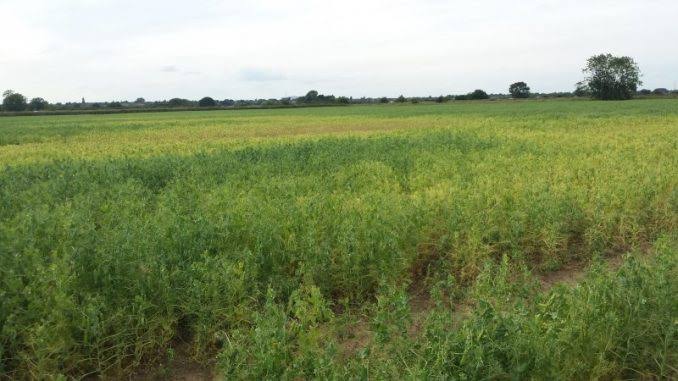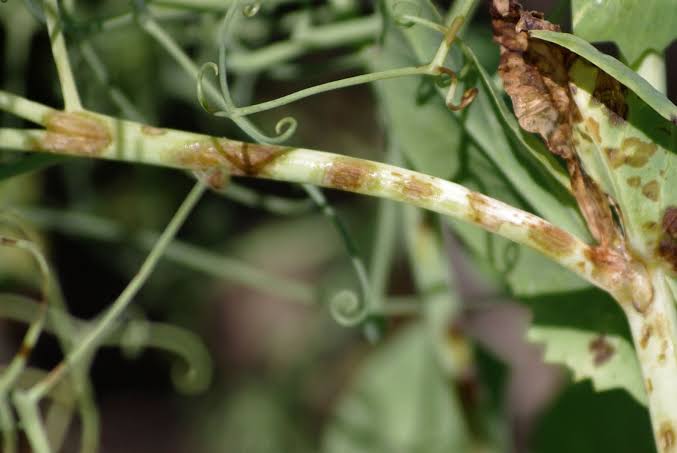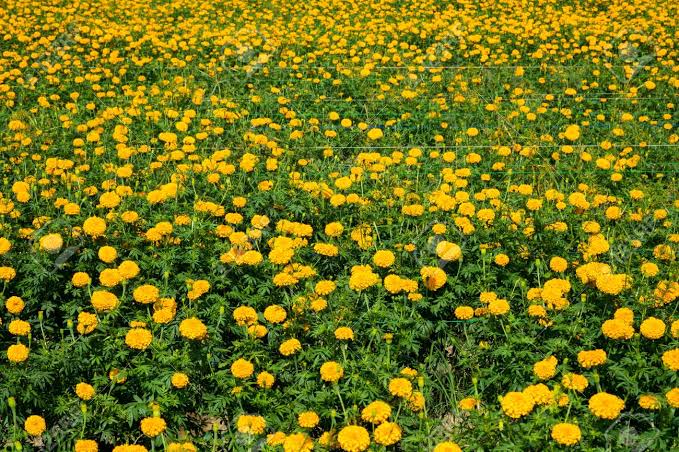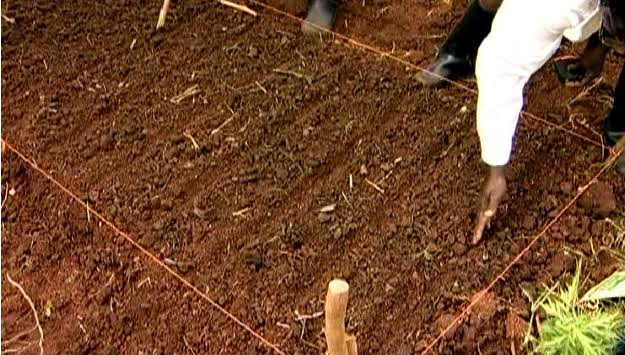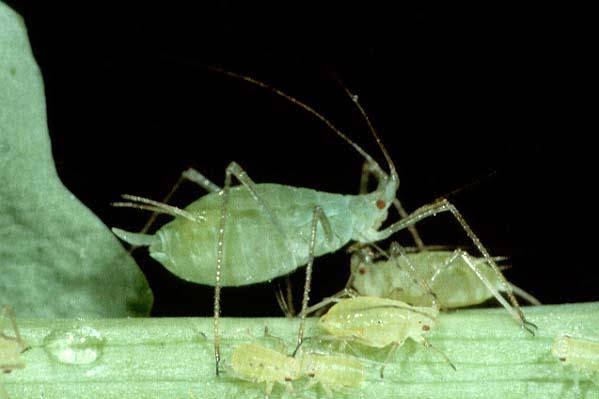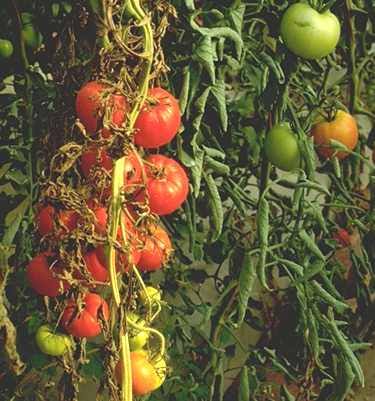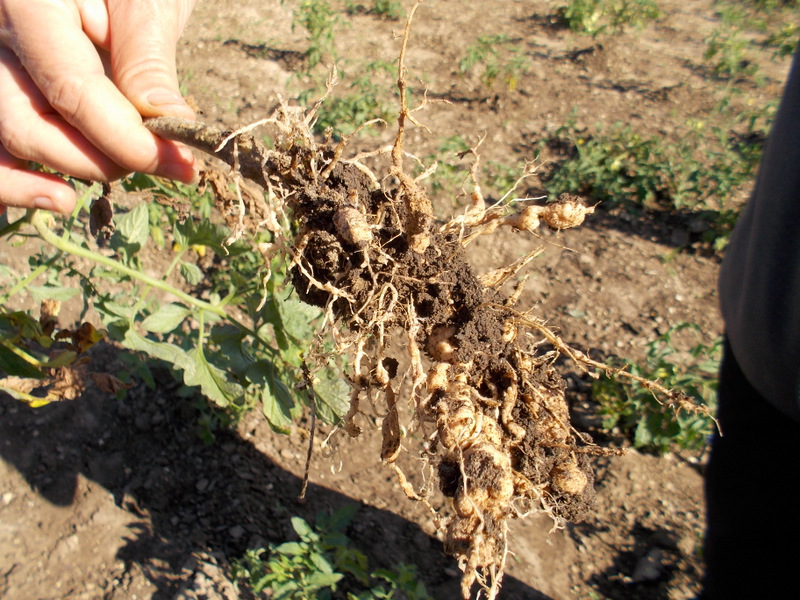Skip to content
- Uneven irrigation of onion fields increases the incidence of this disorder.
- Fields that are over irrigated, allowed to dry completely and then over irrigated again often have many split bulbs.
- Bulb mites are frequently associated with bulb splitting.
- The first symptom observed is the basal portion of bulb.
Share
- Use healthy seeds and treat them with Carbendazim+Mancozeb @ 250 Gm/ quintals seed before sowing.
- Spray infected crop with Mancozeb 75% @ 400 gm/Acre at flowering and afterwards at 10-15 days intervals . or
- Spray infected crop with Thiophanate methyl 70% Wp @ 250 gram/acre.or
- Spray infected crop with Chlorothrlonil 75% WP @ 250 gram/acre.
- Remove diseased plants and destroy them.
- Maintain proper drainage.
Share
- Small, purple spots appear on leaves which may enlarge, turn brown and become zonate with a definite margin.
- Similar lesions also appear on the stem which elongate and coalesce causing browning or blackening of stem.
- On the pods, lesions are tan or brown in colour and irregular having a dark margin.
Share
- To install solar panels under the Kusum scheme, farmers have to pay 10 percent of the total cost of the equipment.
- The remaining amount, 30 percent will be paid by the Central Government as subsidy while 30 percent by the State Government.
- Remaining 30 percent, farmers can take loans from banks.
- The government also helps farmers take loans from banks.
Share
- Kisan Urja Suraksha evam Utthaan Mahabhiyan (KUSUM) scheme main object farmers will be able to easily irrigate their fields without any hindrance.
- Central Government has given its responsibility to Energy Efficiency Services Limited (EESL) Company
- solar water pumps will be made available to farmers through the agency.
Share
- Marigolds are highly valuable for medicinal purposes like headaches, swelling, toothache, wounds, Cancer & Rashes and many skin problems
- Petals of marigold for decorations and other purposes like make-up, coloring food (stews, soups, pudding etc) dying fabrics
- Heals Skin Wounds, Burns ,Cancer & Rashes.
- Marigolds are also used in extract form in candles.
Share
- Well-drained silt or loam soil are suited for cultivation.
- For rainfed cultivation, the soil should be clay in nature and the pH should be 6-8.
- Coriander performs well at a temperature range of 20-25oC.
- Cool and comparatively dry and frost-free climate is suitable for coriander.
Share
- Small green insects, adults are large pear-shaped green, yellow or pink in color.
Damage:-
- Suck the plant sap from leaves, flowers, and pods.
- The affected leaves often get cupped or become irregularly distorted, shoots become stunted and malformed.
- Honeydew secreted by the aphids encourages the growth of Sooty mold.
Share
- Use resistant varieties.
- Do use deep summer plowing to control root-knot nematode.
- Neem cake at the rate of 80 Kg/Acre should be applied for effective control.
- Carbofuran 3G at the rate of 8 kg/acre should be applied as a soil treatment.
- Paecilomyces lilacinus-1% WP @ 10 g / kg seed for seed treatment, 50 gm / meter sq Nursery Treatment, 2.5 to 5 kg/ Hectare Soil application.
Share
Damage:-
- The nematode attacks the roots and produces tiny galls.
- The infected plants show symptoms of withering and wilting of leaves.
- The block the movement of nutrients and water in the plant system and subjected to wilt and finally leads to death.
- The growth of the plant is stunted fruiting capacity adversely affected.
- Yellow of the foliage and wilting of the upper leaves occurs.
Share

